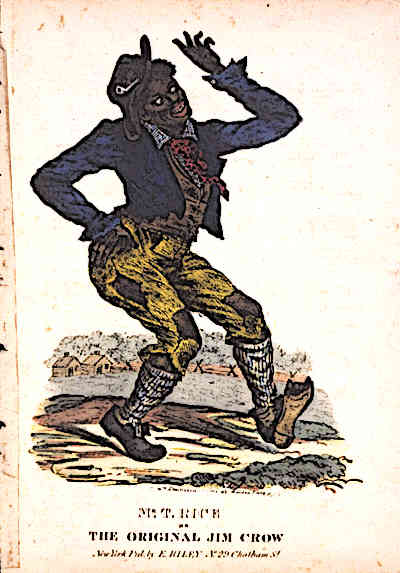The Civil Rights Movement
Introduction
American Civil War was fought between the North and the South. It concluded in 1865 and resulted in the elimination of slavery from all states. However, the African-Americans remained the target of racism and segregation in the South. The Civil Rights Movement was launched in response to such discrimination. It started in the 1950s and continued until the late 1960s.

Jim Crow Laws and Segregation
The Reconstruction Period ushered in a golden age for the African Americans in the South. They held offices, were given the right to vote and had the right to equal protection. Many whites, especially those in the South, were very unhappy with their progress. Southern states helped create a legislation called the Jim Crow laws. These laws created discriminatory policies towards the blacks. They were not allowed to use the same facilities, schools or towns as the whites.
A ban was also placed on interracial marriages. The voting rights of the blacks became useless because they were unable to pass the voter literacy tests. Although the North did not adopt the Jim Crow laws, African Americans still faced discrimination at their jobs. They had to face difficulties when trying to buy a house or attain education. Some states even passed laws to restrict the voting right of the blacks.
The Montgomery Bus Boycott Movement
On 1st December 1955, Rosa Parks took a bus and sat down in the colored section. A white man later boarded the bus, and the bus driver asked Rosa along with few other African Americans to stand so that the white man could sit down. Parks refused and was arrested. This led to the famous Montgomery Bus Boycott which lasted for 381 days.
Almost all of the African Americans stopped using the buses in Montgomery which had a significant impact on the revenue. The Montgomery Improvement Association was also established. Martin Luther King Jr was appointed its leader. On November 14, 1956, the Supreme Court declared segregated seating unconstitutional.
Important Leaders of the Movement
Martin Luther King Jr. was one of the most prominent leaders of the Civil Rights Movement. He was an activist, humanist and a Baptist minister. In 1964, King received the Nobel Peace Prize. Bayard Rustin was another famous leader of the Civil Rights activist. He was the one responsible for the Washington March. Rustin also advised King to make use of civil disobedience tactics.
John Lewis was another notable leader of the movement. He was the chairman of the Students Non-violent Committee and was regarded as a living legend. Other leaders of the movement included Whitney Young, Roy Wilkins, A. Philip Randolph, James Farmer, Hosea Williams and Gloria Richardson.
The March on Washington
On August 28, 1963, the Civil Rights Movement organized its milestone event – the March on Washington. Notable leaders of the movement including Martin Luther King Jr., A. Philip Randolph, and Bayard Rustin attended it. Over 200,000 black and white people marched to Washington D.C. as part of the event. King delivered his famous ‘I have a dream’ speech here which became a symbol of equality and freedom.
Civil Rights Act of 1964
The March on Washington D.C. garnered significant momentum for the Civil Rights Movement. President John F. Kennedy sympathized with the movement and introduced a bill to grant civil rights, especially to African-Americans. He was assassinated before the bill could be passed.
His successor, President Lyndon B. Johnson then took up the bill and secured its passed through both houses. It was then signed into law on July 2, 1964. The Act prohibits discrimination on the basis of color, sex, race or national origin.
